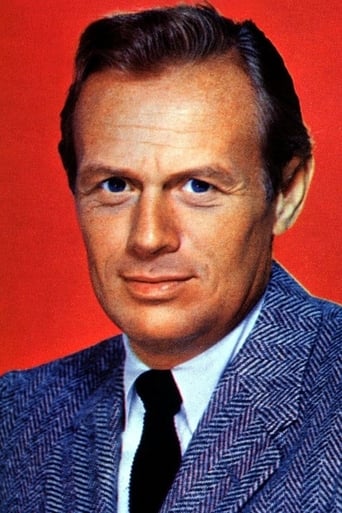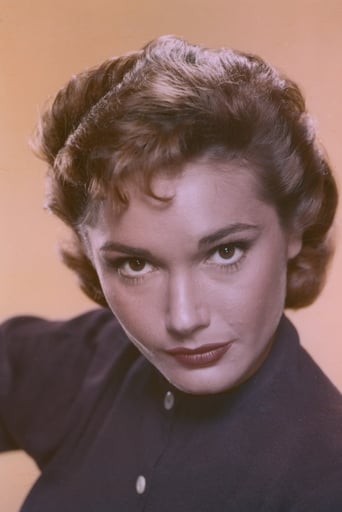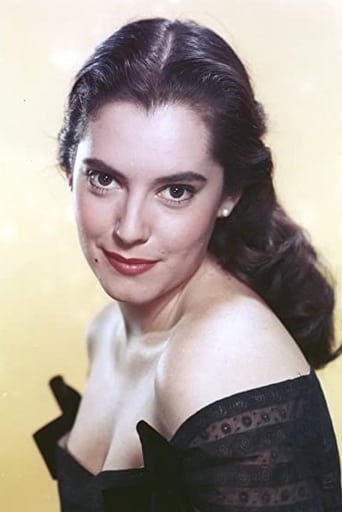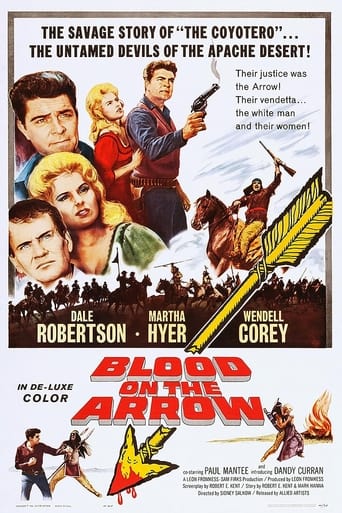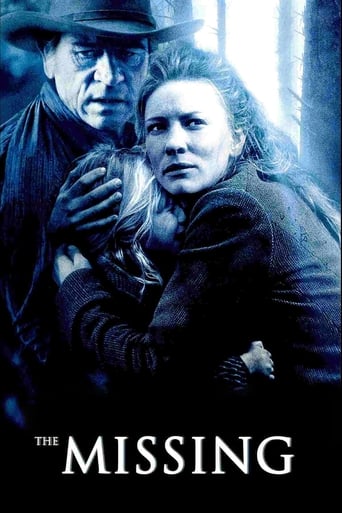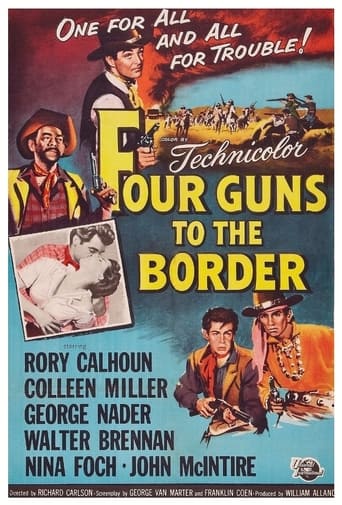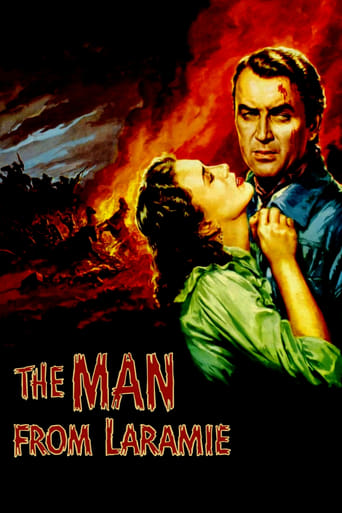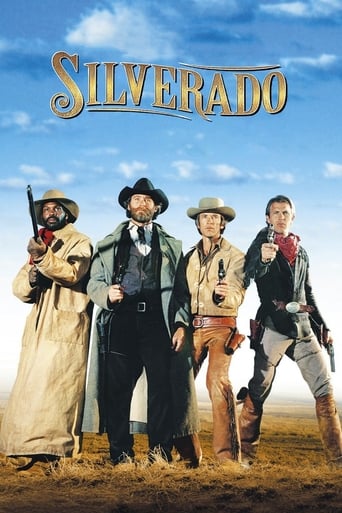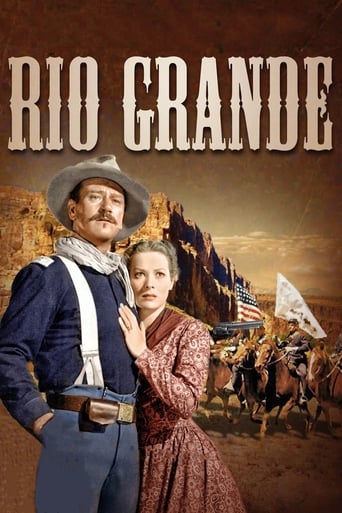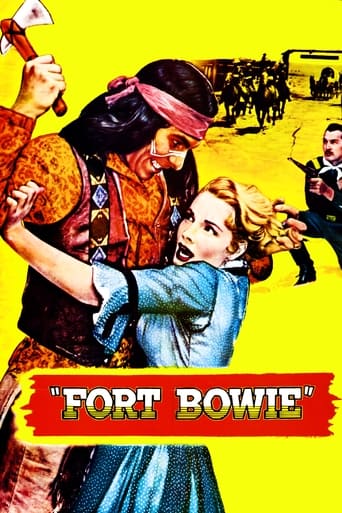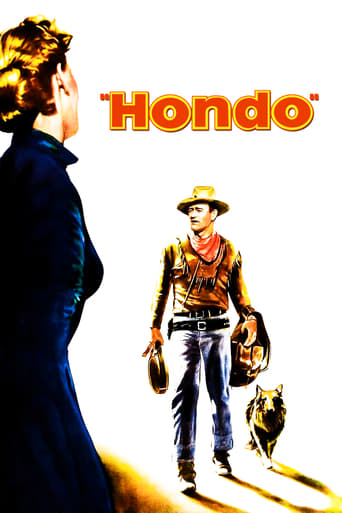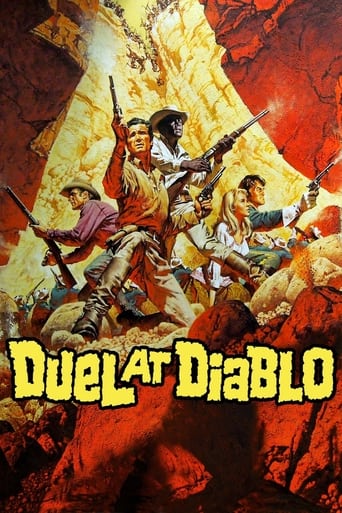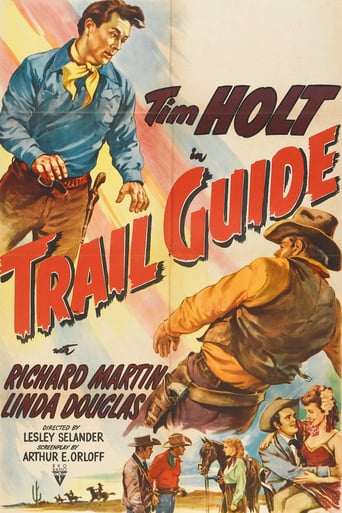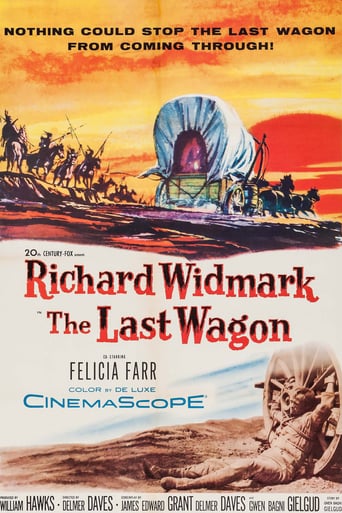
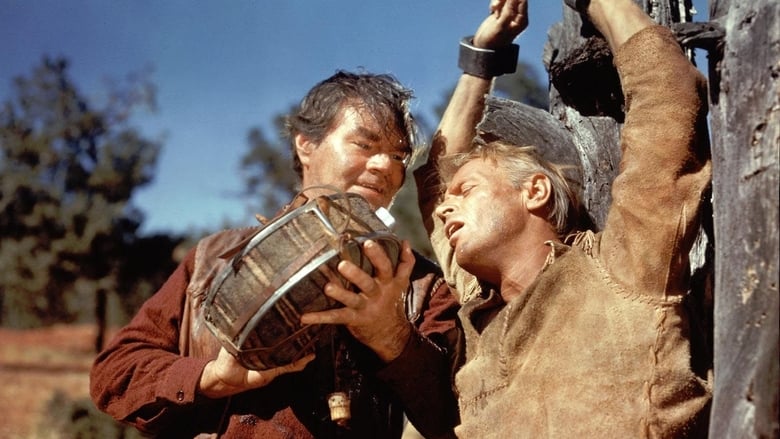
The Last Wagon (1956)
When a handful of settlers survive an Apache attack on their wagon train they must put their lives into the hands of Comanche Todd, a white man who has lived with the Comanches most of his life and is wanted for the murder of three men.
Watch Trailer
Cast


Similar titles
Reviews
Simply Perfect
Tells a fascinating and unsettling true story, and does so well, without pretending to have all the answers.
Let me be very fair here, this is not the best movie in my opinion. But, this movie is fun, it has purpose and is very enjoyable to watch.
Each character in this movie — down to the smallest one — is an individual rather than a type, prone to spontaneous changes of mood and sometimes amusing outbursts of pettiness or ill humor.
Richard Widmark's costume does indeed show evidence of Comanche Todd being shot in the shoulder at the beginning of the movie: a tear and powder burn. Very clear when watching the movie on an IPad.
Born in 1948 I went to western films every week during the 50s with my father. We both loved them. I remember this one well. And played it out frequently in the fields next to my childhood home.I still enjoy it. My wife and I are going to watch it again tonight, maybe the 10th time I have seen it in my life. As with most westerns, it has not aged well, although it is clear that the major story line isn't really about the "Indians" but instead is about "good" white people versus "bad" white people. To this day I enjoy watching Tommy Rettig. He was the original Jeff in Lassie, and I can still hum the final music to that show. It was a simpler time, and I miss it. This film is fun, with breathtaking scenery, good acting, and a fine story.
A half-breed (Richard Widmark) wanted for multiple murders is hunted down and captured by a vicious sheriff (George Matthews) who, as he's dragging him back to civilization to be tried and then hung, coincidentally meets up with a wagon train of devout Christians. The situation as they join the train is the best part of the film, as Richard Widmark as the half-breed being convincingly mistreated by the sheriff (Matthews is pretty believable) wins the sympathy of a sizable proportion of those in the wagon train, which includes attractive Felicia Farr, Stephanie Griffin and Susan Kohner. The opposing views of justice, Christian piety, humane treatment etc... are well enough done, and the action builds fairly well with Widmark being chained to a wagon wheel, who manages to get one hand free enough to kill Matthews by skilfully throwing a hatchet at him. The culmination of this weird setting is when the young women accompany Nick Adams on a night time skinny-dipping outing. That, unfortunately is the high point of the film, for when they return they find that everyone in the train has been killed by Apaches except Widmark who somehow escapes even though he's still chained to the wagon wheel. The rest of the film is Widmark, half-breed, who's lived with Commanches for most of his life, now saving the young and attractive females along with Nick Adams and Tommy Rettig as he leads them to a town, where he faces a trial that is one of the more inane court scenes you are likely ever to see.
Comanche Todd (Widmark) must lead a small band of teenage survivors through hostile Apache territory, despite suspicions about his Indian background.It's a great shot when the wheel with Todd shackled to it gets pulled up the rock overhang, with the spectacular Technicolor scenery behind it. The young folks better save him if they want to get through Apache country, but can they trust him. He may be white on the outside, but he's Indian on the inside. Plus, he's already killed four white men, with a white man's court waiting to hang him. And to top it off, he's an ornery cuss even if he does know how to get a rabbit out of its burrow. No doubt about it, the youngsters are in a tight spot.The real star here is the magnificent Sedona scenery, never better filmed or blended into the story. However, two popular themes of the time do emerge—rebellious teens (think the previous year's Rebel Without a Cause) and race prejudice (with Indians standing in for an emerging civil rights movement). There's some tension in the little band's predicament; however, the story is more about human interest than battling Apaches. On the upside are fine performances from Widmark and an unheralded George Mathews's sadistic sheriff. On the downside are shaky turns by Griffin and Kohner as the feuding half-sisters, along with a screenplay that sometimes meanders. Nonetheless, it's all smoothly helmed by writer- director Delmer Daves. Daves is probably best remembered for his 1960 soap-opera smash, A Summer Place. Too bad that he remains an under-rated director of Westerns, starting with Drum Beat (1954) and ending with The Hanging Tree (1959). The best of these is the tense and taut 3:10 to Yuma (1957) , followed closely by the scenic and sprawling Jubal (1956). I mention these because the late 50's was so thick with TV and theatrical Westerns that I'm afraid Daves' contribution has been overlooked. His Westerns may lack the thematic continuity of the celebrated Boetticher-Ranown series, yet he shows a rare ability to handle a wide array of Western themes with both skill and sensitivity, as he does here.


